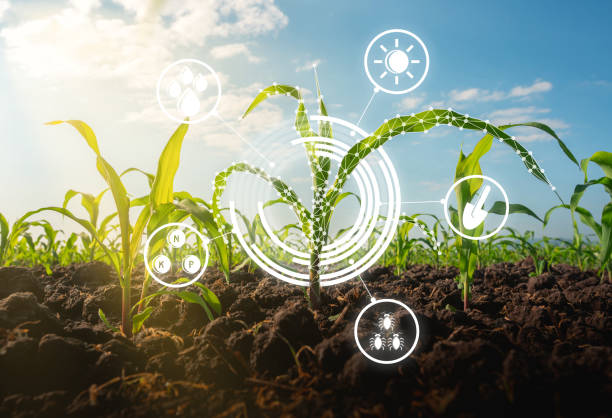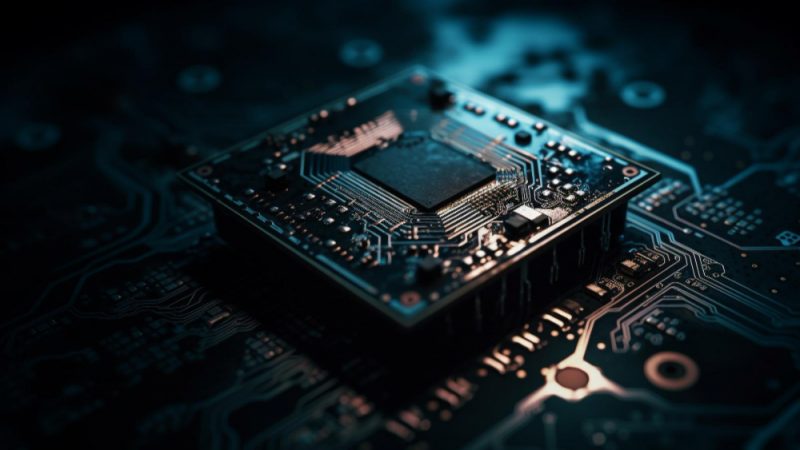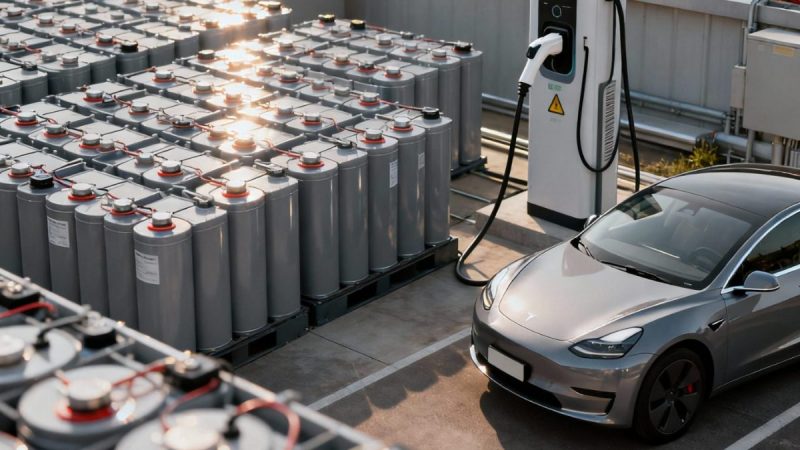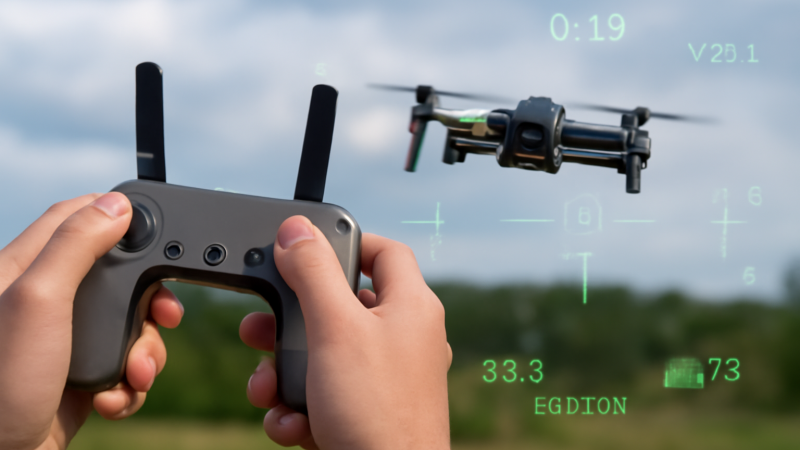How Technology Is Changing Agriculture

Technological innovations have significantly changed farming compared to traditional methods that were used a decade ago and earlier. Today’s farms use advanced technologies, including GPS systems, drones, robots, and various sensors. Various innovations and farm monitoring systems allow growers to increase yields, profits and introduce different sustainable practices that reduce the impact of agriculture on the environment.
Farmers can also save resources with innovative solutions. For example, you no longer need to regularly water and fertilize plants throughout your farm. Thanks to sensors that transmit data from the fields to your computer, you can distribute water and fertilizer to the areas that need it. Thus, you can reduce the flow of chemicals into rivers and their entry into groundwater.
Digitization and automation
Digital technologies provide farmers with information to help them better control growing conditions and crop health. In addition to benefiting farmers, technology also allows consumers to be more informed about the origin and quality of their goods. It’s handy as many consumers demand high-quality and organic food. Accordingly, they want to have available information about the purchased goods. Digital technology makes both parties more apprised.
Technologies that are transforming agriculture and helping to optimize many processes include robotics, technology for data measurement, geospatial and weather monitoring, precision fertilization and chemical application, and livestock monitoring. Automation helps to reduce the burden on people, relieving us of tedious and time-consuming tasks. People can spend more time and energy on tasks that require an analytical approach, finding practical solutions, and planning.
Big data is also making a significant contribution to the development of new farming methods. This concept means the integration of information systems for the extraction, processing, and analysis of data. Big data is essential for making effective decisions about field operations and resource use. Thanks to the Internet of Things, data comes from a vast number of devices. These devices are combined into one chain, which brings excellent business benefits. There is also the concept of “digital twin,” a phenomenon through which various scenarios can be simulated. This process is beneficial for planning, as you can know ahead of time about potential problems and prevent them from occurring.
Sustainability
People have been engaged in agriculture for many millennia, but it has undergone significant changes over the past 100 years. Today, agriculture has less impact on the environment and has also become much more productive. Farmers can produce more products for less. For example, growing 46% of soybeans more than 30 years ago requires 40% less land, 35% less energy, and 33% less water.
Precision farming can significantly reduce costs and increase yields. Farmers use data and technology to help determine what and how many resources are needed to grow crops. This way, you save time and money and reduce pesticides that negatively affect the environment. Due to precision farming technologies, US farmers save up to $40,000, depending on the size of the farm. In Tanzania, farmers use software and smartphones for farm management and for financial affairs, including contracts signing, payments, and other fees.
Consumers are also interested in the sustainability of the products they consume. Accordingly, the demand for solutions that minimize environmental impact is constantly growing. There are more and more projects in the world that offer alternative packaging materials to plastic. These materials are generally biodegradable and retain the organoleptic characteristics of the product.
Special attention is also paid to new recycling methods. The materials used are given a second life, and more and more new ways are being found for this. By-products are also created to help regulate the imbalance between supply and demand. These products are beneficial to both the end consumer and the environment.
Logistics
A 2019 FAO report states that about 14% of food is spoiled each year in transit. At the same time, 820 million people worldwide are starving, and even more, people suffer from obesity because they cannot afford healthy food. Overall, about 30 percent of the food produced in the world each year is lost or thrown away. It happens during harvest, storage, transportation, and marketing and consumption.
Correct transportation is essential. Indeed, it turns out that no matter how much the farmers increase the productivity of their fields, it is impossible to feed the growing population if food will go wrong without hitting the counter. Only traceable, accurate and consistent farm supply chains can solve this problem.
Although not all products require careful transportation, potatoes are not fragile, and supply chains are not critical. However, products such as tomatoes require an extraordinary approach, and delivering it directly from the field to production lines is essential. Automation allows us to talk about uninterrupted production, in which downtime takes a minimum amount of time. To create a system that connects fleets, farmers, and sellers, you need special software that functions as a separate ecosystem.






